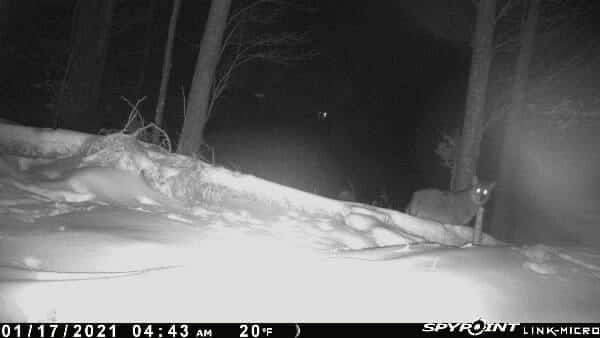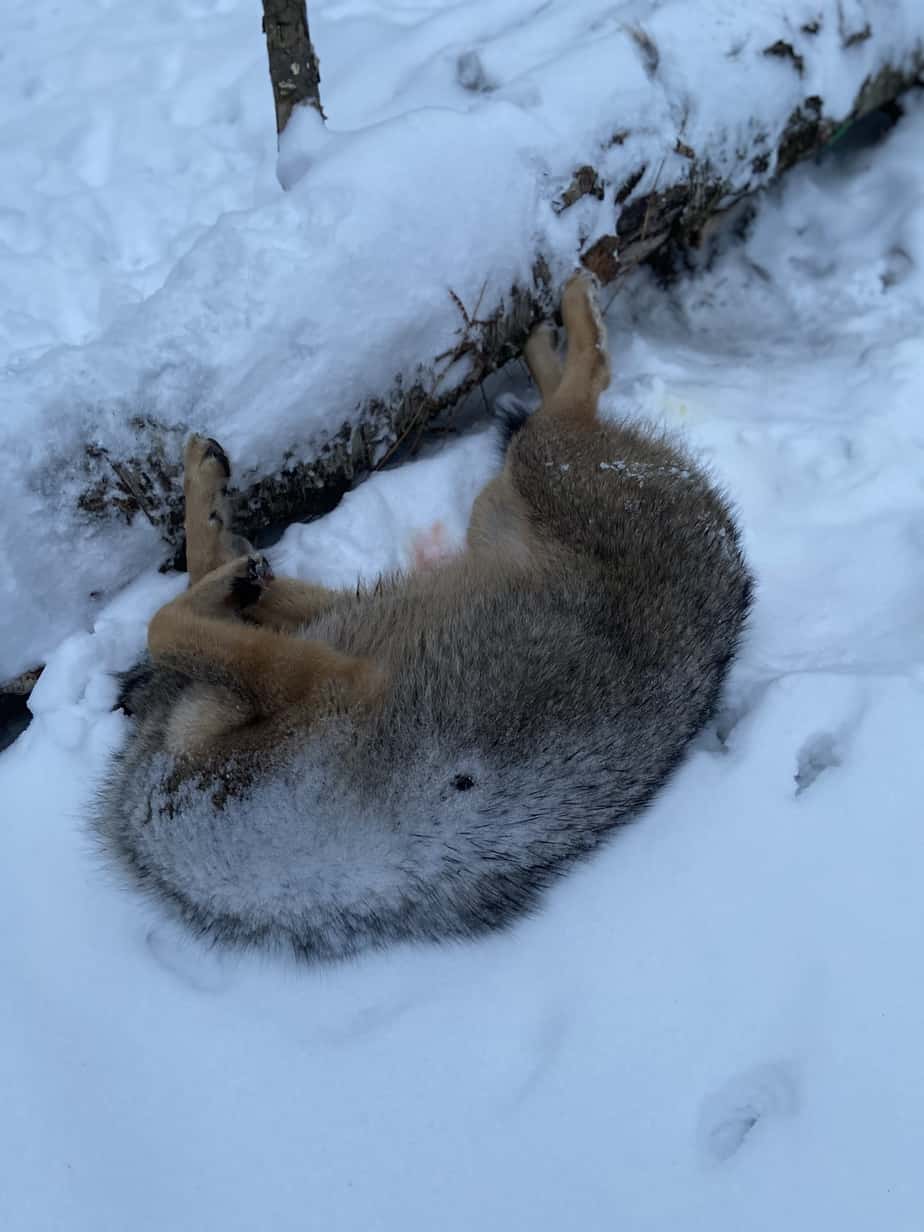When it comes to predator control, the newest game cameras hitting the market are really “Game changers”.
Real time info in your hands beats two discs in the camera.
Suppose you farm or hunt in an area with cellular service. In that case, you can receive a text notification of the current location (along with a picture) of a coyote, fox, bobcat, or another destructive predator in any area you choose to protect.
Gone are the days of checking game camera cards for outdated information. Today, you can protect a chicken coop, monitor a calving entrance, or surveil a trail miles from your home in real-time.
Affordable, constant, 24 hour surveillance
Modern, wireless trail cameras start at about $100. After you buy a suitable card, download the appropriate free app for your phone, and register the camera, you’re ready to mount it anywhere covered by cellular service. The app monitors battery life and signal strength and allows for various custom options like photo or video, picture-taking intervals, and even animal/human/vehicle detection settings.
Trespassers, both two and four-legged, usually never see or hear the black or camouflaged cameras reporting their intrusions. As a result, they fail to take evasive action, like fleeing. Instantly alerted, you can check the picture to confirm the intruder’s identity and use the extra time the alert gives you to make a decision.
I use SpyPoint brand cameras to protect my flocks and to monitor bait piles during coyote and fox season.
Please note: If you use any links in this post to make a purchase, I will receive a small commission—at no extra charge to you.
Buy just one, and test it for coverage first.
If you have poor coverage and cannot use the camera, you can always return the product. If the service is available, but you want to increase the signal strength, SpyPoint also offers an antenna made for their cameras.
Three ways to use cameras for predator control.
There is nothing as frustrating as losing an animal to a daylight predator attack that you have avoided. I’ve had foxes take ducks from the pond while I was not more than 50 yards away. I’ve had a predator rip open a coop and wreak havoc at 3:30 in the morning, and I was 15 yards away and didn’t notice it until daylight.
I put up some security cameras, but they don’t detect coyotes or foxes all the time, and you have to have electricity or wifi for them. I got dogs, but they’ve slept through the same attacks I did. I was at a loss until I saw an ad for SpyPoint. I bought one, ended up buying five more, and now I use them three ways to keep my farm safe all day.
1. Using cameras outside of coops—last chance predator control.
If you can only have one camera, put it where it will detect a predator before making their attack. Worst case: The alert text wakes you up, the house lights coming on, the door opening, or your presence will scare off the intruder.
Best case: You have a clear shot and can remove the varmint forever. Be careful, though. You don’t want to damage any structures or injure your livestock.
2. Using cameras around grazing areas, ponds, and fields.
This takes the greatest number of cameras, and more thought on placement.
To protect your animals, you have to place the cameras where your animals won’t set them off all day. You’ll also want them facing away from the area protected; aim each camera toward where the threat will come from.
Correctly set up, this gives you ample time to react. This fox was hell-bent on getting to the poultry flock, but the SpyPoint camera spotted it, and I had time to grab a rifle. I initially used this video in the ATN X-Sight 4k Pro blog https://thepredatorhunter.com/my-favorites-the-best-night-vision-scope-for-new-predator-hunters/.
3. Cameras guarding known approaches and wood lines—long range predator control.
Here’s the best line of defense: placing the cameras perpendicular to game trails, paths, or points of entry you have already noted or seen used before. Most of the SpyPoint cameras have a detection range of 75-80 feet, so you have some wiggle room here.
Used this way, you create a virtual fence every approaching predator must cross over.
This male coyote tripped an alarm at 04:43 one morning.

By 04:50, while still 130 yards away, his fawn and poultry killing days were over.

What about using a game camera for home security?
Predator control isn’t the only thing a wirless trail camera is good for, they make for great home security as well.
Catching thieves, late-night intruders, and trespassers in the act lets you phone the authorities and take action to protect yourself from harm until they arrive.
All in all, wireless trail cameras give you eyes in the back of your head.
And they can guard you flock, livestock, and home, 24/7.
And you thought they were just for putting fur in the back of the truck.

